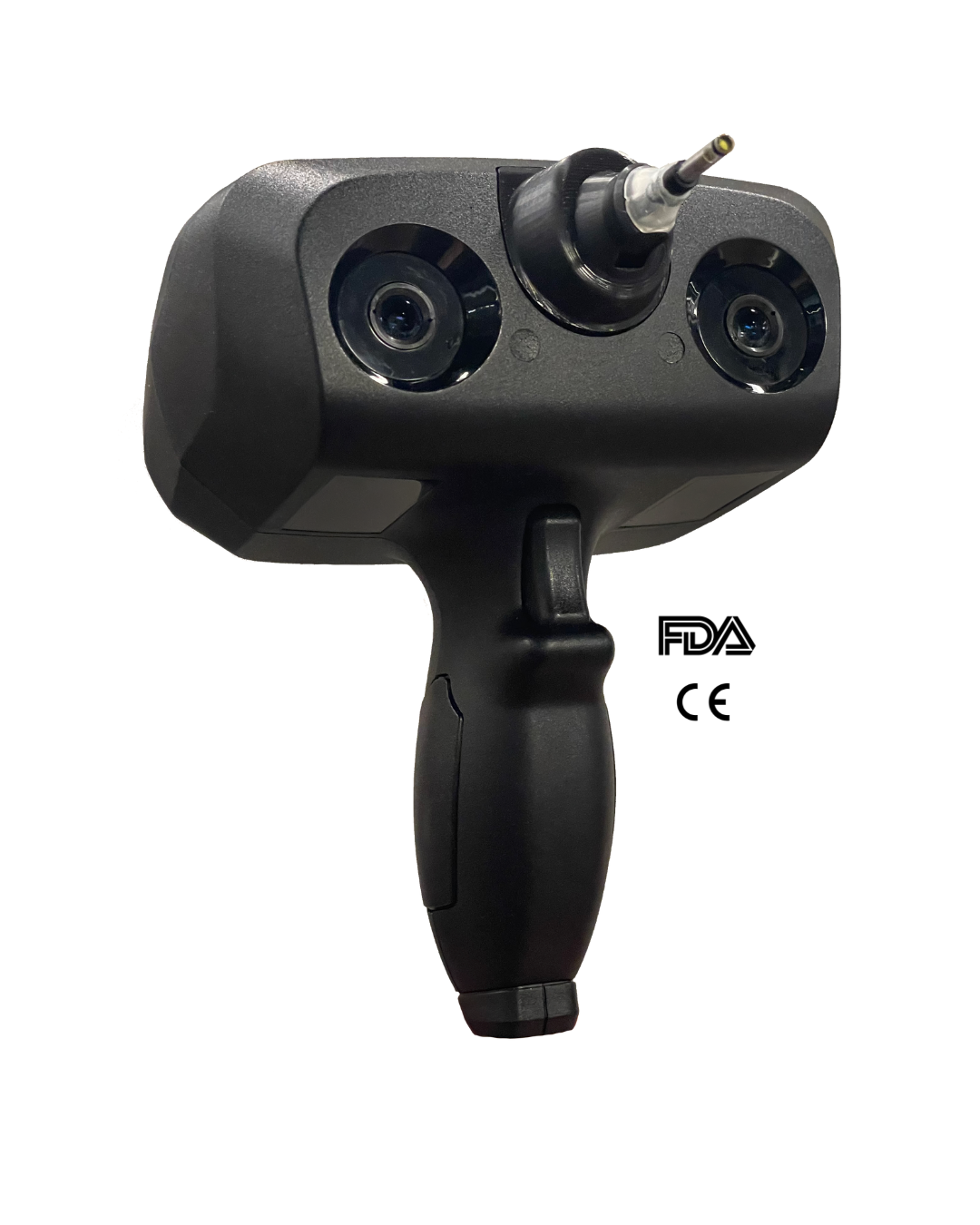A 2023 clinical study published in Bioengineering compared traditional silicone ear impressions to modern 3D ear scanning techniques, finding significant advantages in both comfort and precision with 3D scanning. Unlike manual impressions that rely on inserting materials into the ear canal—a process that can be uncomfortable, time-consuming, and prone to distortion—3D scanners digitally capture the exact geometry of the entire ear, including the second bend of the ear canal, without any physical contact.
The study confirmed that 3D ear scanning delivers greater comfort, improved accuracy, and faster turnaround times while reducing risk of injury and fit variability. Participants overwhelmingly preferred the digital method, describing it as more comfortable and engaging. Clinicians also reported that 3D scanning required less training and produced more consistent results, while allowing for deeper, safer, and more anatomically accurate captures of the ear canal—critical for achieving a proper acoustic seal.

Aware’s eFit 3D Ear Scanning System takes this innovation even further. It captures the full topography of the ear in high resolution, creating a precision-fit digital model that ensures both long-term comfort and a perfect acoustic seal—essential for optimal attenuation and communication clarity in high-noise or mission-critical environments. Originally built for the U.S. Military, this same defense-proven technology is now being scaled across industrial sectors to redefine what “custom-fit” means in hearing protection.
Study: Zheng, Y., Didion, K., & Ferguson, N. (2023). Comparison of Traditional Impression and 3D Ear Scanning Techniques, Earmold Comfort, and Audiology Clinical Implications: A Pilot Study. Bioengineering, 10(12), 1431.

